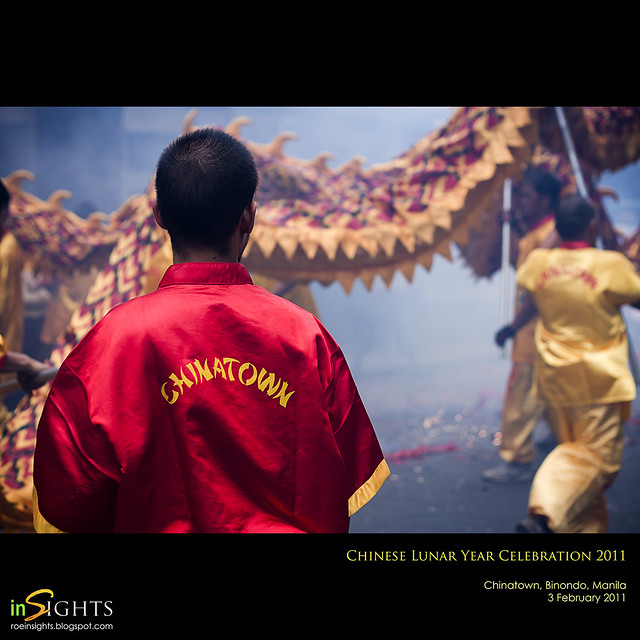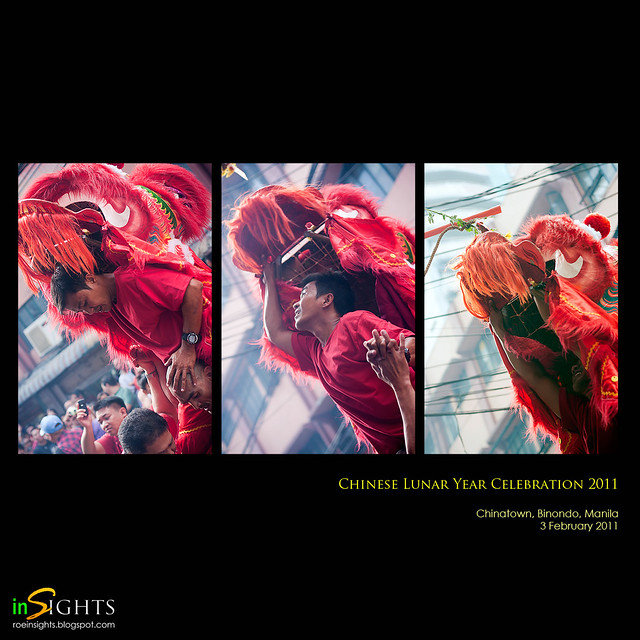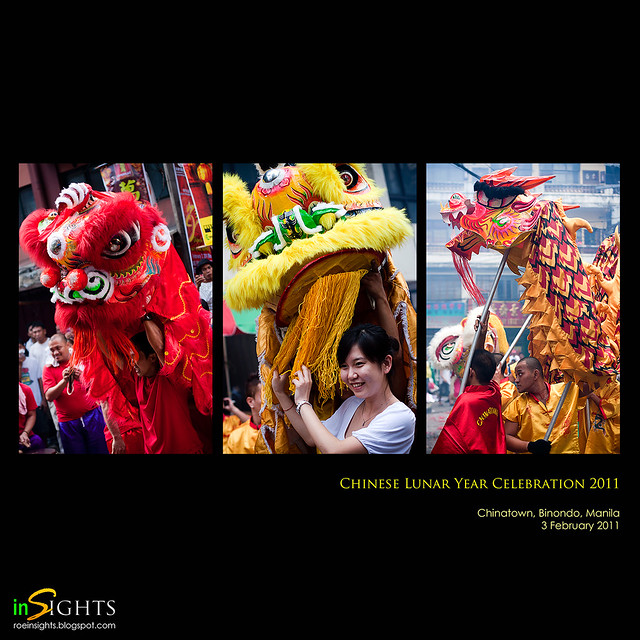My Basic Tips for Digital Photographers
Since most of my friends are into photography, I decided to include helpful tips on my blog features. Every week I'll try to post some tips about digital photography here, although, I'm not a professional photographer (yet... ^_^), nor I have an expert opinion on things about the camera and photography. I just want to share what I have learned so far, from my personal experiences, books and magazines, from the works and words of the professionals, and from various resources on the web. Some of these tips would be from my own experiences, and some taken from other sources but in my own explanations.
Feel free to give comments, suggestions or corrections if ever you see something that seems not right. Thanks and Enjoy!
10 Efficiency Tips for Digital Photographers (Part 1)
1. Shoot with steady Hands. Stable hands create better images. Avoid unnecessary blur or camera shakes. Keep your hands firm before shooting to avoid spoiling your shots. There are many ways and gadgets to keep your hand steady. You can use a tripod/monopod or place your camera on a sturdy object to help you balance and get rid of camera shakes, or lean on something like a wall, columns or posts, trees and other rigid objects. A normal person can hold their camera whithout shakes for a 1/30 secs shot, while others can do better up to 1 sec. Most lenses today have extra installed motors or features to balance the vibration of your camera, such as, Image Stabilizer (IS) for Canon, Optical Stabilizer (OS)for sigma, Vibration Reduction (VR) for nikon, and others. A simple practice in holding your breath while shooting may improve your takes.
2. Choose your Shots, Don't Procrastinate! Just because you have more shots of your subject doesn't mean you have more quality images. They will just add burden to your hard disks and your time. Remember also that your camera shutter has its own life span (shutter life- approx. 60k-100k shots depending on the camera model) So limit your shots if you don't want to change your shutter every year.
I normally take 3-5 shots of a scene or a subject in different angles and focal lengths. That's moderate enough for me. Remember to stop and weed out unwanted, blurred, or bad shots from your memory cards while shooting and before downloading them to your computer. It will be easier to organize your files later on. You don't want to spend more time on the computer editing the same images of the same subject over and over again. Just remember also to format your memory cards after downloading to computer to minimize bad sectors and file residues.
3. Use Efficient Memory Cards. There are dozens of memory cards and sticks on the market, but not every one are best suited for digital photography. Regardless of brand and model, the most important are the capacity and speed. Although more expensive, try using the hi-speed cards that would enable you to shoot without delay. Multiple 4 gb cards, if your shooting jpg format, or 8 gb cards if your shooting raw format, are better than using single high capacity cards (8gb for jpg, 16gb for raw), storing all your shots in one card. It will only bring you headaches if your card experienced trouble while shooting or malfunctioned while downloading. In shooting with different cards, you can be sure to have safe back up of your shots during that day. This is more practical if you're shooting events, like weddings or parties, where you don't get another chance to re-create the scenes once your card gets busted.
4. Don't Share your Memory Cards. Although I sometimes do, better not share your memory cards while in a shoot with other fotogs, you'll only have trouble sorting out your photos from theirs. I have an old 1gb card that I usually share if needed, but not my normal cards. For one, you need all the disk space for your own shots. And then, it would be uncomfortable for both parties to retrieve their shots quickly, unless you have a card reader or laptop on site. It would also save you from hidden bugs and further errors from cam to cam, or card to card.
5. Shoot as a Photographer not as a Photoshop artist! Plan your shots well so as not to overtaxed your images in Photoshop. A lot of newbies and hobbyists tend to rely more on the magic of retouching or editing their photos in Photoshop or other softwares, than having the discipline to take better images as a photographer. It may be convenient to edit your mistakes or flaws in photoshop, but it is not an efficient result, personally, as a photographer. Specially if you're doing a professional or commissioned work, you cannot tell your client that you're just gonna edit the flaws in your photos with photoshop later on. You're only as good as your last work. So treat every shot as your best. Take your time, and put more effort on every shot, and not to rely much on editing.
Off course, since it is a digital image, there is the need to use softwares and conversions. And more and more applications and enhancements are getting easily available nowadays to make your images even better. I myself, am experimenting on many of those. But my point here, is to rely first on your skills as a photographer, and not on what softwares can do to correct your mistakes and flaws. Just treat them as they should be, enhancements to your already good captures.
( to be continued...)
 The distance between your camera and the subject can also determine your depth of field. If you stand closer to the subject, your focus will be concentrated more on it than the background, creating a shallow DoF. If you want a sharper image, move a little back from your subject to increase your DoF.
The distance between your camera and the subject can also determine your depth of field. If you stand closer to the subject, your focus will be concentrated more on it than the background, creating a shallow DoF. If you want a sharper image, move a little back from your subject to increase your DoF.  Likewise, if you use a longer focal length, like telephotos and zooms (ex. 100mm above), the area in your focus is "compressed", thus, isolating your subject from the background. But it is not always the case, it still depends on your settings and distance of focus. Results may vary with different lens and focal lengths. For example, a small f-stop (f/11) on a 35-70mm zoom lens, set on 35mm and focused on a 9 feet distance, can result to a Deep DoF with a sharp image from 6-20ft. On the other hand, with the same f-stop and distance but focal length set to 70mm, the DoF is relatively shallower with only 8-11ft sharp image.
Likewise, if you use a longer focal length, like telephotos and zooms (ex. 100mm above), the area in your focus is "compressed", thus, isolating your subject from the background. But it is not always the case, it still depends on your settings and distance of focus. Results may vary with different lens and focal lengths. For example, a small f-stop (f/11) on a 35-70mm zoom lens, set on 35mm and focused on a 9 feet distance, can result to a Deep DoF with a sharp image from 6-20ft. On the other hand, with the same f-stop and distance but focal length set to 70mm, the DoF is relatively shallower with only 8-11ft sharp image.  control of it can really help you in creating great quality images. It's what determines the output or the look that you want in your photographs. It's also a useful means to direct the viewer's eyes in the flow that you want. So it's very important to maintain a separation of focus with your subject and the background. Needless to say, that you're subject must be easily identified from the background through the difference in sharpness and focus. No matter how good a composition is, if the focus is off, then it's just a wasted shot.
control of it can really help you in creating great quality images. It's what determines the output or the look that you want in your photographs. It's also a useful means to direct the viewer's eyes in the flow that you want. So it's very important to maintain a separation of focus with your subject and the background. Needless to say, that you're subject must be easily identified from the background through the difference in sharpness and focus. No matter how good a composition is, if the focus is off, then it's just a wasted shot. 











